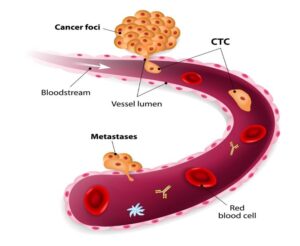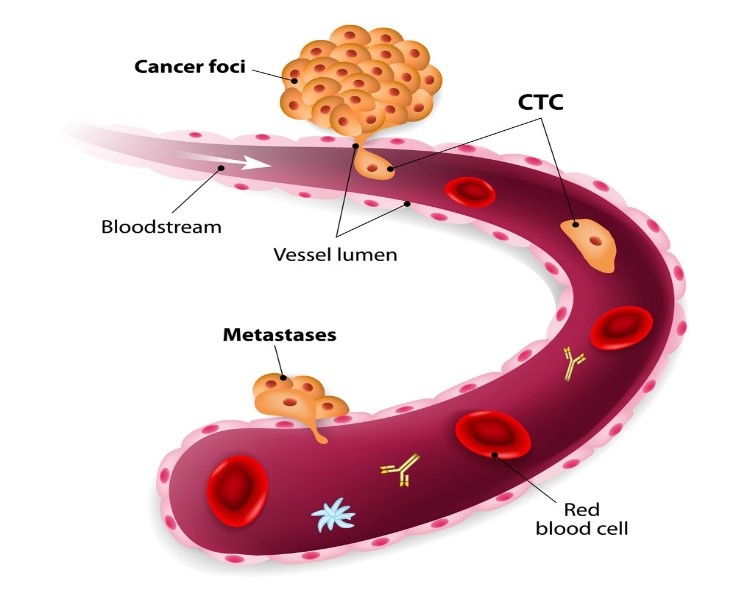Cancer is one of the illnesses that responds well to early detection. Typical practice like mammogram screening or colonoscopy screenings may involve invasive procedures. Recent advancements in medical technology have introduced a less invasive and more convenient approach known as liquid biopsies.
Liquid biopsies mainly involves analyzing body fluids like blood, urine or saliva for cancer-related biomarkers. The biomarkers give insights about the presence and behavior of cancer.

How do liquid biopsies work?
1. Circulating Tumor Cells: These are cells that originate from the primary tumor and have been dispersed in the body circulation system. Doctors can decide the type of cancer and even the advancement by isolating and analyzing circulating tumor cells.
2. Circulating Tumor DNA: It is also described as circulating tumor DNA which is a part of DNA that has broken off from cancer cells and floats freely in the blood. Circulating tumor DNA has the potential of identifying genetic changes of certain tumor types as well as provide useful data for treatment.
3. Exosomes: These are little vesicles secreted by cells which can consist of proteins and nucleic acids associated with cancer. By learning about the exosomes, it would be possible for researchers to have an understanding on certain aspects of cancer biology and progression.
Benefits of Liquid Biopsies

1. Less Invasive: It is important to note that liquid biopsies are much less invasive than many of the traditional diagnostic techniques as they simple blood draw.
2. Early Detection: Liquid biopsies can be used to detect cancer when treatment favorable.
3. Monitoring Treatment Response: Because of biomarkers, liquid biopsies can be used not only for initial diagnosis but also to evaluate the chemotherapy results or signs of relapse.
4. Personalized Medicine: Liquid biopsies can be an effective source of information that would help to adopt a more personalized approach to treating cancer.
It should be noted that despite liquid biopsies being promising, it has not replaced traditional diagnostic methods.
WRITTEN BY: AMEDICC.COM
PHOTO CREDIT: GOOGLE.COM

I enjoyed reading your piece and it provided me with a lot of value.
I抳e recently started a site, the information you provide on this web site has helped me greatly. Thank you for all of your time & work.
There is clearly a lot to know about this. I assume you made various good points in features also.